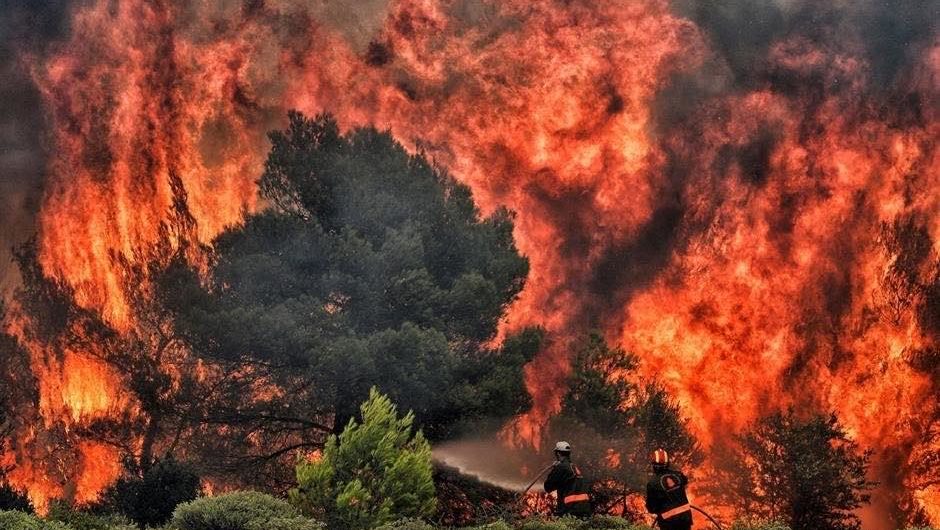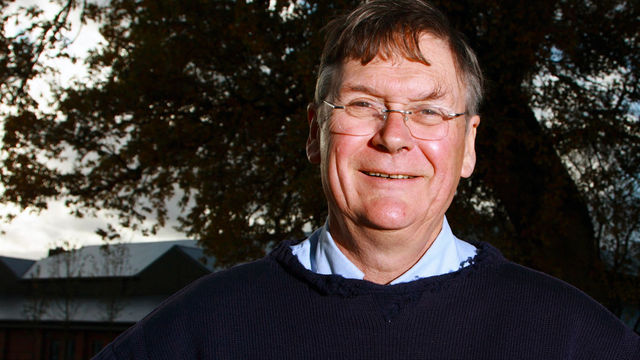By Joe Pearce – Comment Sub-Editor
The new decade certainly has come with its surprises, with one bad thing seeming to follow another relentlessly. In the space of a month, this year is already testing the faith of humanity to its limits. The most distressing news for many so far is the Australian bushfires and the scale of their devastation.
Australia experience bushfires annually over their summer period, but this one is nothing short of a catastrophe. Over ten million hectares of land have been affected and with it, the demise of over 25 people and a billion defenceless animals. England has around 13 million hectares of land to put the overwhelming size of the fires into perspective.
Among the dead are many koalas and kangaroos who were directly incinerated by flames. A third of all koalas in North South Wales have died, along with a third of their habitat too. Not to mention many birds dying from exhaustion when escaping the fumes.
The scenes are something of a post-apocalyptic nightmare. An eerie orange glow filled the sky, rich from the destruction of land and living, alike. Fireman Samuel McPaul was killed in a fire tornado in New South Wales, also, four thousand people had to be rescued from a beach encircled by nearing flames. The situation is desperate and terrifying.
Though the bushfires were unintentional, it prompts arguments regarding climate change and control, globally. Many are disgusted at the lack of respect shown for climate action among government and private enterprise. It was not long ago that the Amazon Rainforest was burning to the profit of cattle farms; the Australian fires have a similar sinister feeling to them.
Media outlets have contested the source of the fires and their extreme desolation, some even suggested arson was to blame. A study in 2008 in Australia showed that 85% of fires are triggered by human activity. However, this tends to be accidental and cannot be likened to arson; the rhetoric itself is extremely damaging and undermines climatic influences.
Data shows that Australia has warmed overall by more than one degree since 1910, mostly heating since 1950. A drier climate contributes to fires becoming more frequent and intense. It is justified to link capitalist enterprise to a warmer and drier climate escalating these fires. Therefore, the scientific preconditions for this tragedy cannot be ignored.
What else is being ignored, is the concerns and wisdoms of indigenous Australians who have experience with bushfire and adaptation to climate. Aboriginal cultural lives and livelihoods are tied to the land, though their norms and fire management methods have been removed from them. Fires of this size create a sort of colonist hangover for aboriginal Australians.
Murrandoo Yanner is an outstanding example of indigenous culture and its importance. Yanner has led the aboriginal people in the Gulf of Carpentaria toward sustainable economic development since the 1990s. He guided the Waanyi nation through Aboriginal rights campaigns including opposition to metal mining production that started in 1999.
Today, he leads the Jigija Indigenous Fire Training Programme, which educates pastoralists, volunteer firefighters and indigenous rangers on how to fight fire as their kin had before them. He implores people to “imagine our place through the laws and stories on how to live, adapt and survive in Australia, just as our ancestors did”. His teachings could have been vital for fire control in the present.
One technique the programme teaches is mosaic cool fire burning. This means lighting small patches of low intensity fires during the cool season to burn off bush undergrowth – reducing the amount of flammable materials in hot seasons. He also teaches students to create wildfire corridors, another mechanism for preventing catastrophic level fires.
The Aboriginals have learnt these techniques during their survival in Australia’s volatile lands for years, yet their guidance is largely ignored for western forms of fire management. Yanner’s methods restrict fires to smaller areas and reduce fuel loads, these techniques should have more backing to fit Australia’s fire-prone circumstance. Sadly, this is not the case.
Not only are indigenous teachings vital for understanding the land, but Aboriginal plight should be considered for moral support, too. People on the ground are affected by such crises before those above, to leave them out of the process for control is largely unfair. Fragile forest ecosystems have been decimated because of an ignorance tied to global warming, with little being done to stop the ignorance.
There is a huge contrast of care between those at the top and the bottom of this crisis. The Prime Minister of Australia, Scott Morrison, received condemnation for taking a Hawaiin holiday while his country burned. The world needs governments who are not afraid to defend our planet from further destruction.
United by a love for animals and a scepticism for government, many are raising the conversation for conservation and control. Since 1960, 60% of all species have died and more will continue to if our governments do not prioritise life. Please, do the animals of the world justice and join the challenge to make environmental reform central to all world politics.
Image Credit – Loveexploring.com





